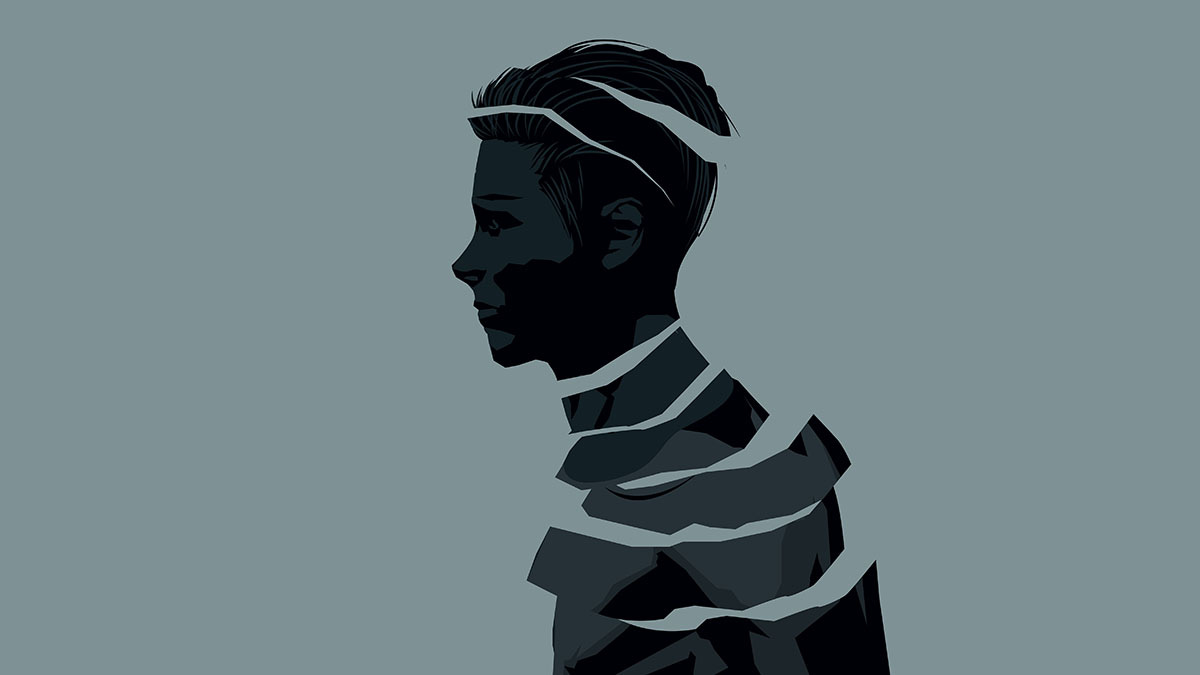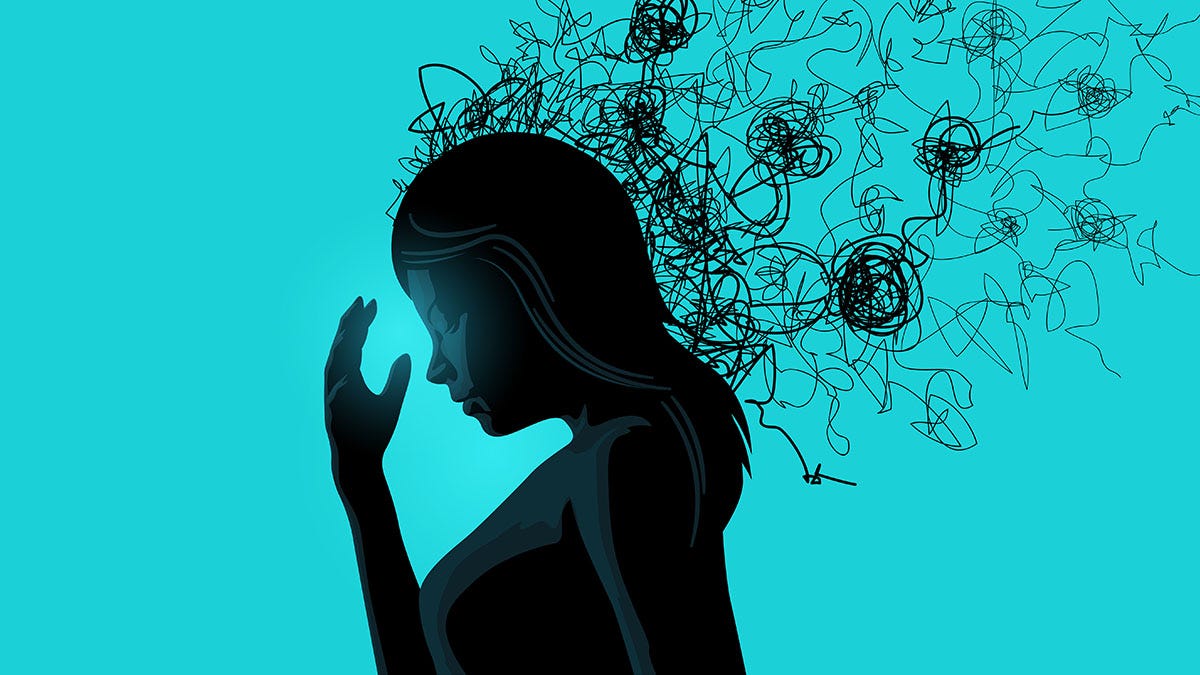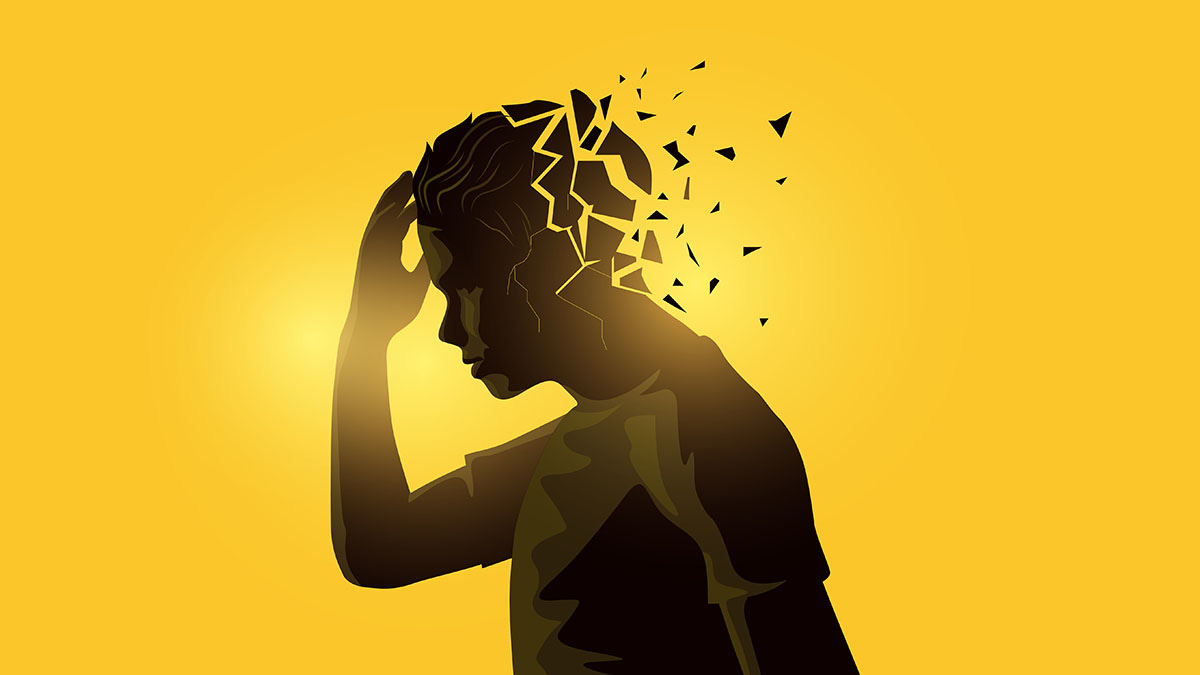reach out and touch grass: how and why tech turned anti-social
Americans are becoming less social and more isolated. And our technology keeps encouraging this trend.
Not to sound like the crusty old millennial here, but back in my days, social media was pretty social. You mostly connected with friends or friends of friends, then met up for parties, to hit the clubs, or to have a night in playing video games. Technology was the way we removed friction from planning and organizing events, which is why it became so popular. We didn’t spend all our free time arguing with angry strangers or bots. We shared pictures, short videos, and plans to actually go out and do something fun.
Contrast that with Facebook’s current stance on your social media friends articulated so creepily and inhumanely by it’s Zuckmander-in-Chief. You don’t need them and it’s absurd to have more than three. You should just stay home and talk to his AIs instead, between binging rage bait with which his platform poisoned all social media.
If that sounds absurd to you, it’s only because it absolutely is, and some pundits have been taking notice of the many ways this is bad for our mental and physical health. It seems like we’ve made it so easy to be shut-ins and so expensive and problematic to get out of our comfort zone, it feels like we need mass exposure therapy. Especially in the aftermath of COVID it’s been difficult not to notice that too many of us forgot how to, well… people. But why?
Well, in the link above, legacy pundits will point to the usual scapegoats. Spending too much time at work, hustling and grinding. Too much screen time. Too few community clubs and organizations. Too much indulging in the parasocial and too little socializing with real people. Old school pundits love pointing to those things because they come with dramatic charts they can point to, but they’re barely scratching the surface.
We’re not isolated entirely by choice, or even following the path of least resistance by becoming less social. A lot of choices were made for us and we’re starting to feel very powerless to change them because no matter what we seem to try, it ends in discord, drama, and more regression. For every step forward we try to take, we’re shoved two back and turn to the latest app because we obviously can’t beat them, so we’re going to join them and make the best of it.
the kids are absolutely not alright
First and foremost, we have to start with costs. I don’t know if you’ve noticed it lately, but being alive is getting hella expensive. Even dive bars have been taking bigger and bigger chunks of our wallets. Groceries are soaring, so much so that people are using buy-now-pay-later solutions to afford dinner. Rent is past stratospheric and is trying to achieve escape velocity into interplanetary space. Parking at a venue feels like you are entering a nonconsensual findom relationship. Oh, you wanted a trip to Vegas on a budget? Better hope it’s the budget of a millionaire bachelor.
When I was in my early 20’s, you could blow thousands per night in a club, or become friendly with a promoter who’ll give you tickets and put you on a list so you can avoid the wait and cover charges. From there cheap drinks, dancing, and a trip to the grimy late night diner next door pretty much guaranteed a good time you could do at least a few times a month for maybe $70, max. Can’t do that anymore either. Everyone wants to cater to rich VPIs, not broke college students drowning in loans.
So, no, Gen Z isn’t throwing ragers because they’re prudes and zombies glued to the magical phone in their hands, or because they’re cheap. It’s because they’re so broke that even Millennial Great Recession era party hacks are useless.
When I was Gen Z’s age, caught in the aftermath of the “once in a lifetime” economic crisis, my financial situation was skibidi ohio negative aura, as kids these days would say. Yet, thanks to much lower costs and more low end choices, my social life was, by comparison, that of a — let me check my notes here — boujee sigma rizzler? Anyway, you get the point. To quote a viral meme, why does it cost so much to be alive when we aren’t even having a good time?
And so they stay home and watch streamers, argue with people on TikTok, or try to become the next big influencer because yeah, they know it’s a lottery, but they also know that you can’t win if you don’t buy a ticket. It’s easier, and they already pay for the internet access. Social media was a catalyst for Millennials. For Gen Z, it’s a salve they can still afford and readily available around the clock even thought it mercilessly exploits their attention to play with their emotions and lie to them in hyper-targeted feeds that learn with every swipe, scroll, and tap.
and the adults are fried to a crisp
Okay, fine. So what about older people? They have jobs and some money. They could get out more, right? Sure, with inflation they couldn’t party every weekend, but they’re able to save up and treat themselves. Except that’s also not necessarily true because no one is safe from having to be on the grind these days, and if they have kids or need to think about surprise layoffs, retirement, or taking care of older parents, you are now looking at panicked adults drowning in an ocean of present and future bills.
Nothing positive in life is guaranteed. Few people are getting promotions or climbing a corporate ladder that’s shrinking from the bottom, while also occupied by elders who refuse to retire at the top. They’re just stuck while inflation and debt eats away at their and their children’s futures. They’re also often working long hours and searching for a side hustle which might pay just a little bit extra, which is why they have so little time to get together with friends. Life is just a stream of bills and responsibilities.
It’s not just that they’re anxious, working, and parenting around the clock, it’s that the cycle never stops, there’s no relief, no certainty or calm on the horizon. There are so many adults burnt out to a cinder moving forward by sheer inertia because they have no other choice. The last thing they want to do is throw parties or attend meetings of local clubs because they now also feel like effort. Like work. Like yet another chore.
So no. Fuck Rebecca’s book club. Fuck the Elk Lodge. They’re staying in and ordering delivery because yeah, it’s expensive, but they’re so goddamn tired that they’d rather indulge in the convenience and deal with the credit card bill later than have to now do the cooking and cleaning. Which is, you guessed it, more fucking work. But you know what isn’t work? Streaming TV shows and movies or scrolling social media.
the architecture of social isolation
Even more problematic is that both shut-in kids and the hikikomori aspirant adults are trapped in an environment seemingly custom made for alienation and isolation. Much of the world’s suburbs do not look or feel like those in the U.S. and Canada. American cities are almost entirely zoned for single family homes that seem to be emulating Old West homesteads and frequently require you to drive to get to nearby parks, libraries, or walking trails.
Want to go to a restaurant or a store? You’re either walking for miles on narrow paths, or just grass with warning signs to watch for passing cars, or driving down extra wide stroads to a mall surrounded by oceans of parking. As a result, Americans drive a lot while not actually going very far at all, and they very much do not like it.
Now, we could build much more walkable and tightly knit communities. Move garages and driveways to the backs of houses, parking lots behind businesses, and turn what are now main drags into a wide mix of pedestrian paths with greenery, benches, bike lanes, and cozy courtyards. We can also build a wider variety of homes and fill in dead malls with parking stretching to the horizon with mid-rise mixed use buildings. Linking these hubs with transit to reduce the need for cars will give you walkable, interlinked communities in which people tend to thrive, both mentally and physically.
All of this creates so-called “third places” where adults and kids alike organically run into their friends and neighbors, and would you look at that, they’re in a great spot to hang out, just a short walk away from home, so they may as well stay and socialize, and do that again in a few days. This is actually essential for community building and the fact that so many places across the country have been steadily losing them over the last 40 years absolutely played a role in our isolation.
It’s harder to walk, socialize, and get together when you have few choices, or those choices are logistically difficult or expensive. A lot of major cities noticed this and are very busy trying to work on updating themselves to include more such areas. Which has not been easy given that every time walkability, bike lanes, or transit come up in town meetings, furious, paranoid NIMBYs howl with conspiracy theories about New World Order open air prisons, often fueled by round the clock consumption of right wing social media, where anything new is automatically an evil plot against you.
Yet even in cities which are making these projects a priority and launching full steam ahead with development, it’s going to be a long road to rezone vast areas and build enough such neighborhoods that they become the norm, as well as ensure transit is safe, clean, and operates on a convenient schedule. And they’ll have to fight NIMBY hordes along the way to make it easier for people to be less lonely, healthier, and to spend more time out of their homes with their friends and neighbors.
industrial grade hopium vs. reality
So, where does this all leave us? Well, in the cited post by writer and essayist Derek Thompson, the bulk of the blame lays on people turning to technology, convenience, and losing themselves in the digital world. This is a simplistic take at best but it’s the favorite standby of every pundit when it comes to the subject, so it makes sense for someone like Thompson to reach for it. After all, you don’t want to rock the boat too much by pointing out that over the last 30 to 40 years, Americans did everything in their power to ensure their isolation and loneliness.
Talking about systemic problems gets a bad reaction. They seem too big, too tough to take on, and require admission of fault and a commitment to make a lot of changes for the better, and keep them for years, maybe decades. You don’t get views or sell a lot of books by talking about massive, complicated, multifaceted problems with few easy solutions. This is why he and Ezra Klein did what they did with their book Abundance, but that’s for another day because that too is a hefty topic.
We are not isolated because of technology. We’ve embraced it as obstacles to being social kept rearing their ugly heads, surfacing with more heads each time like a hydra of anti-social bad habits. Drained mentally, physically, and financially, burnt out from stress and overwork, often at sedentary jobs that we know are horrible for us, widely reviled by those who do them, and ignored by AI startups in favor for models that will make for flashy pitches to VCs, we fall down the rabbit holes of enshittified apps.
“But wait, the abundance agenda wants to make it easier to build stuff, so obviously, just adopting that will make for all these projects you mentioned, wouldn’t it?” one of the book’s fans might say because it does, in fact, talk a lot about making it easier to do development and massive infrastructure revamps.
But the answer is no, because just making it easy to build without a long term vision, without tackling costs of housing, without addressing social media’s incentives for a steady stream of lies, fear, and rage bait, without fighting for good work-life balance, healthcare, and childcare, without taming price gouging and out of control inflation, without a focus on third places and quality of life, and without mechanisms to make sure all these plans remain in motion once set, abundance is nothing more than hope pitched as a strategy. Which doesn’t work well.
Likewise, it’s important to understand when technology is helpful and when it’s doing harm, but it’s just as important to realize when its negatives are just a symptom of a much bigger problem. It’s trendy and almost reflexive to just use the newest, shiniest thing as a scapegoat for massive, frustrating, thorny problems, but it’s intellectually lazy, misguided, and does a disservice to those who actually want a solution instead of a convenient punching bag at which to take an occasional swipe.





